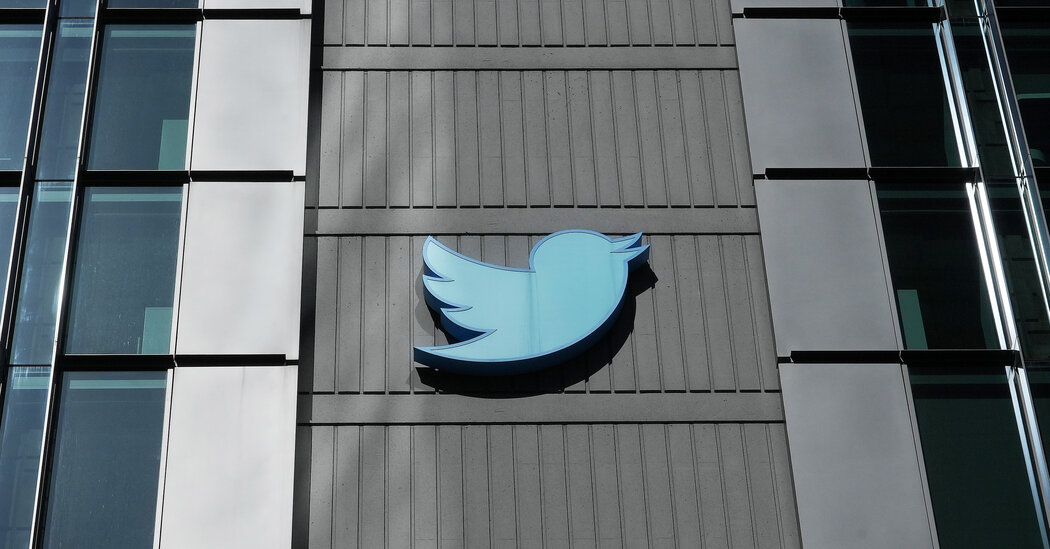On Friday, tech billionaire Elon Musk announced he would end a $44 billion deal to buy Twitter. The reason, he said, was an ongoing disagreement over the number of spambot accounts on the platform. Now, the question of what a spambot account is and how many are currently on Twitter will likely be at the heart of the legal battle between Mr. Musk and Twitter over the fraught deal.
What are spam bots?
While sometimes referred to as “bots” or “spam” or “fake accounts,” they all refer to inauthentic accounts that imitate how people use Twitter. Some spam accounts are automated, but others are managed by humans, making them difficult to detect.
Bots can tweet, share, follow and be followed by other people, among other things.
Why are spambots a problem?
Mr. Musk has expressed his concern about spam bots on Twitter for years. In 2020, he appeared at an event for Twitter employees and encouraged the company to do more to prevent and remove spam bots.
Since announcing his intention to buy Twitter in April, Mr. Musk has tweeted repeatedly about spam bots on the platform. In May, when Twitter CEO Parag Agrawal tweeted about how the company detects and fights spam bots, Mr. Musk responded with a poo emoji.
In a six-paragraph letter on June 6, Mr. Musk’s attorneys demanded more information from Twitter, saying that the company “denied Mr. Musk’s data requests” to disclose the number of fake accounts on its platform. That amounted to a “clear material breach” of the deal, the lawyers sued, saying it gave Mr Musk the right to break the deal. The next day, Twitter agreed to give Mr. Musk direct access to its “fire hose,” the daily stream of millions of tweets flowing through the company’s network.
Since it went public in 2013, Twitter estimates that about 5 percent of its accounts are spam bots. On Thursday, the company told reporters it is removing about a million spam bot accounts every day and locking down millions more each week until the people behind the accounts can pass the anti-spam tests.
However, the company does allow spambot accounts, which it prefers to call automated bots, which perform a service. Twitter encourages many of these accounts to label themselves as bots for transparency. The company states that many of those accounts provide a useful service.
How are spambots used on Twitter?
Twitter defines good spam bots as automated accounts that “help people find useful, entertaining and relevant information”. For example, @mrstockbot gives people automated responses when they ask for a stock quote, and @earthquakebot tweets about any earthquake of magnitude 5.0 or greater worldwide if they occur.
But other spam bots are used by governments, companies, or adversaries for a number of nefarious purposes. During the 2016 US presidential election, Russia used spam bot accounts to impersonate Americans and to divide US voters.
Spam bots engaged in scams are often found on Twitter trying to trick people into sending cryptocurrency or digital currencies to online wallets for prices that don’t exist. Sometimes spambots are also used to attack celebrities or politicians and create a hostile environment for them online.
Kate Conger contributed coverage.

